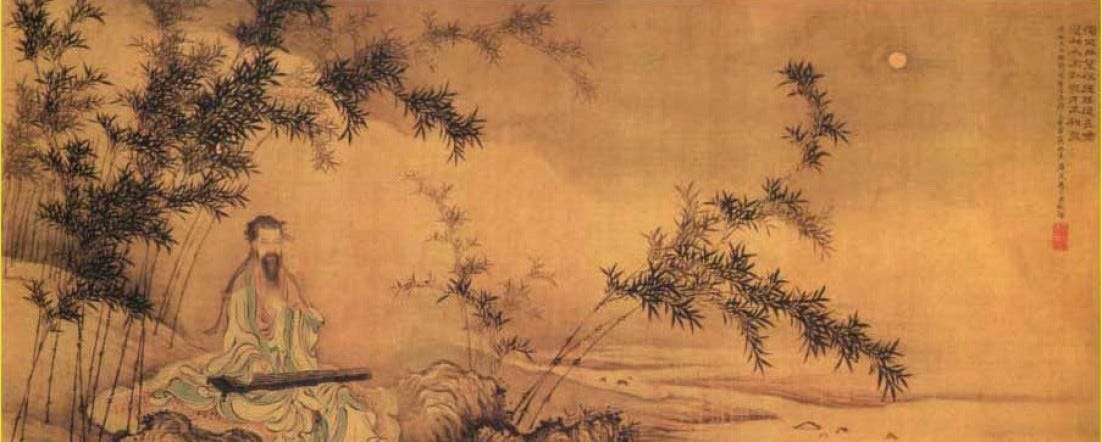
From the "karmic" point of view, of the spiritual law of cause and effect, every disease is the functional cause to satisfy the payment needs of some "debts" contracted by the soul. In truth the only certain thing once the soul has taken on a body is that the moment will come when this body will be abandoned, it is called the birth-death process.
The experiences that are lived in the time frame in which the soul remains in physical form are all established in the book of destiny and have an educational function to bring the soul back to its true source which is the Spirit, or Absolute Awareness.
In the game of life, as happens in the various frames of a film, a hypothetical journey is enclosed which is nothing but an imaginary reflection in the mental mirror. In fact the mind is compared to a mirror that reflects the images projected by the consciousness making them appear "external" to the consciousness itself that observes them. This process is also called "splitting of consciousness in the observing, observed, observation triad".
But let's leave these metaphysical descriptions aside and go back to the analysis of how karma manifests itself. We said that once born we must die. The way in which this death occurs is dictated by the destiny chosen by the soul to meet the needs of its evolutionary position. Once upon a time one could die of leprosy, with a slow and long agony in which various stages of depression and humiliation were experienced. Or you could die hit by a dart in battle, with an injury, for exhaustion, starvation or physical dysfunction of any kind.
But even today one can die in various ways: by road accident, by environmental poisoning, by abandonment in a hospice, etc. In short, the ways of dying satisfy different karmic needs.
That some epidemic diseases like plague, cholera, etc. have almost disappeared. however, it did not prevent destiny from finding new expiative forms to meet these needs. Today the disease par excellence is the cancer that takes on various aspects and forms, both in gender and in ways to deal with it.
Examining the matter from a naturalistic point of view, every disease is only an organic degeneration that shows some aspects of the imbalance that the body-mind is going through. And in the system adopted to combat this imbalance, or the "way" in which this degeneration is faced, follows a karmic indication of the soul involved.
For example, you can get cancer, not know it and when death comes, you can define the cause "old age" or "weakening", etc. or you can discover the disease and face the ordeal of invasive, torturous and slow treatments, such as chemotherapy, filling of chemical drugs, etc. (which corresponds to certain expiative needs of the soul), or the disease can be cured through energetic rebalancing actions, with natural systems, such as simple elemental methods based on the movement and readjustment of the psychic and physical energies involved in the process referred to as “disease ", The simplest system being the correct diet food. But these are small examples in the enormous range of possibilities involved in the karmic course towards physical exhaustion, functional causes of a given karmic payment.
In this moment in which the internal-external imbalance is very pronounced in our society, following the blindness that leads man to consider himself abstracted from nature and consequently pushing him to the arrogance of wanting to self-manage, independently of the whole of the vital context , its existence on the planet, results in the karmic retribution of long and painful diseases and general states of malaise.
The alienation from life leads to alienation from oneself, hence the onset of degenerative diseases such as cancer and consequent "cures" that in reality are only worsening of the psychophysical condition, or that involve a further mental and physical degradation. But it is said that man learns through a process of trial and error and that intelligence is supposed to prevail in the end ...
Paolo D'Arpini

Testo italiano:
Dal punto di vista “karmico”, della legge spirituale di causa-effetto, ogni malattia è la causa funzionale per soddisfare le esigenze di pagamento di alcuni “debiti” contratti dall’anima. In verità la sola cosa certa una volta che l’anima ha assunto un corpo è che verrà il momento in cui questo corpo sarà abbandonato, si chiama processo di nascita-morte.
Le esperienze che vengono vissute nel lasso di tempo in cui l’anima permane nella forma fisica sono tutte stabilite nel libro del destino ed hanno una funzione educativa per ricondurre l’anima alla sua vera sorgente che è lo Spirito, ovvero la Consapevolezza Assoluta.
Nel gioco della vita, come avviene nei vari fotogrammi di un film, viene racchiuso uno ipotetico percorso che non è altro che un riflesso immaginario nello specchio mentale. Infatti la mente viene paragonata ad uno specchio che riflette le immagini proiettate dalla coscienza facendole apparire “esterne” alla coscienza stessa che le osserva. Questo processo viene anche definito “scissione della coscienza nella triade osservatore, osservato, osservazione”.
Ma lasciamo da parte queste descrizioni metafisiche e torniamo alla analisi di come il karma si manifesta. Dicevamo che una volta nati giocoforza occorre morire. Il modo in cui sopraggiunge questa morte è dettato dal destino scelto dall’anima per soddisfare le esigenze della sua posizione evolutiva. Un tempo si poteva morire di lebbra, con una lenta e lunga agonia in cui si sperimentavano vari stadi di depressione e di umiliazione. Oppure si poteva morire colpiti da un dardo in battaglia, con un infortunio, per esaustione, inedia o disfunzione fisica di ogni genere.
Ma anche oggi si può morire in vari modi: per incidente stradale, per avvelenamento ambientale, per abbandono in un ospizio, etc. Insomma i modi di morire soddisfano diverse necessità karmiche.
Che siano quasi scomparse alcune malattie epidemiche, come la peste, il colera, etc. non ha però impedito al destino di trovare nuove forme espiative per soddisfare queste esigenze. Oggi la malattia per antonomasia è il cancro che assume vari aspetti e forme, sia nel genere che nei modi di affrontarlo.
Esaminando la cosa dal punto di vista naturalistico ogni malattia è solo una degenerazione organica che mostra alcuni aspetti dello squilibrio che il corpo-mente sta attraversando. E nel sistema adottato per combattere tale squilibrio, ovvero il “modo” in cui tale degenerazione viene affrontata, segue un’indicazione karmica dell’anima coinvolta.
Ad esempio ci si può ammalare di cancro, non saperlo e quando la morte sopraggiunge definirne la causa “vecchiaia” o “indebolimento”, etc. oppure si può scoprire la malattia e affrontare il calvario di cure invasive, torturanti e lente, come la chemioterapia, imbottitura di farmaci chimici, etc. (che corrisponde a determinate esigenze espiative dell’anima), oppure si può curare la malattia attraverso azioni di riequilibrio energetico, con sistemi naturali, come i metodi semplici elementali basati sul movimento e riaggiustamento delle energie psichiche e fisiche coinvolte nel processo indicato come “malattia”, il sistema più semplice essendo la corretta dieta alimentare. Ma questi sono piccoli esempi nella enorme gamma di possibilità implicate nel decorso karmico verso l’esaustione fisica, cause funzionali di un dato pagamento karmico.
In questo momento in cui lo squilibrio interno-esterno è molto accentuato nella nostra società, in seguito alla cecità che porta l’uomo a considerarsi astratto dalla natura e conseguentemente che lo spinge all’arroganza di voler autogestire, indipendentemente dall’insieme del contesto vitale, la sua esistenza sul pianeta, dà come risultato la retribuzione karmica di lunghe e penose malattie e stati generali di malessere.
L’alienazione dalla vita porta all’alienazione da se stessi, da qui l’insorgere di malattie degenerative come appunto il cancro e conseguenti “cure” che in realtà sono solo peggioramenti della condizione psicofisica, ovvero che comportano un ulteriore degrado mentale e fisico. Ma si dice che l’uomo apprende attraverso un processo di tentativi ed errori per cui si suppone che l’intelligenza alla fine prevalga…
Paolo D'Arpini







